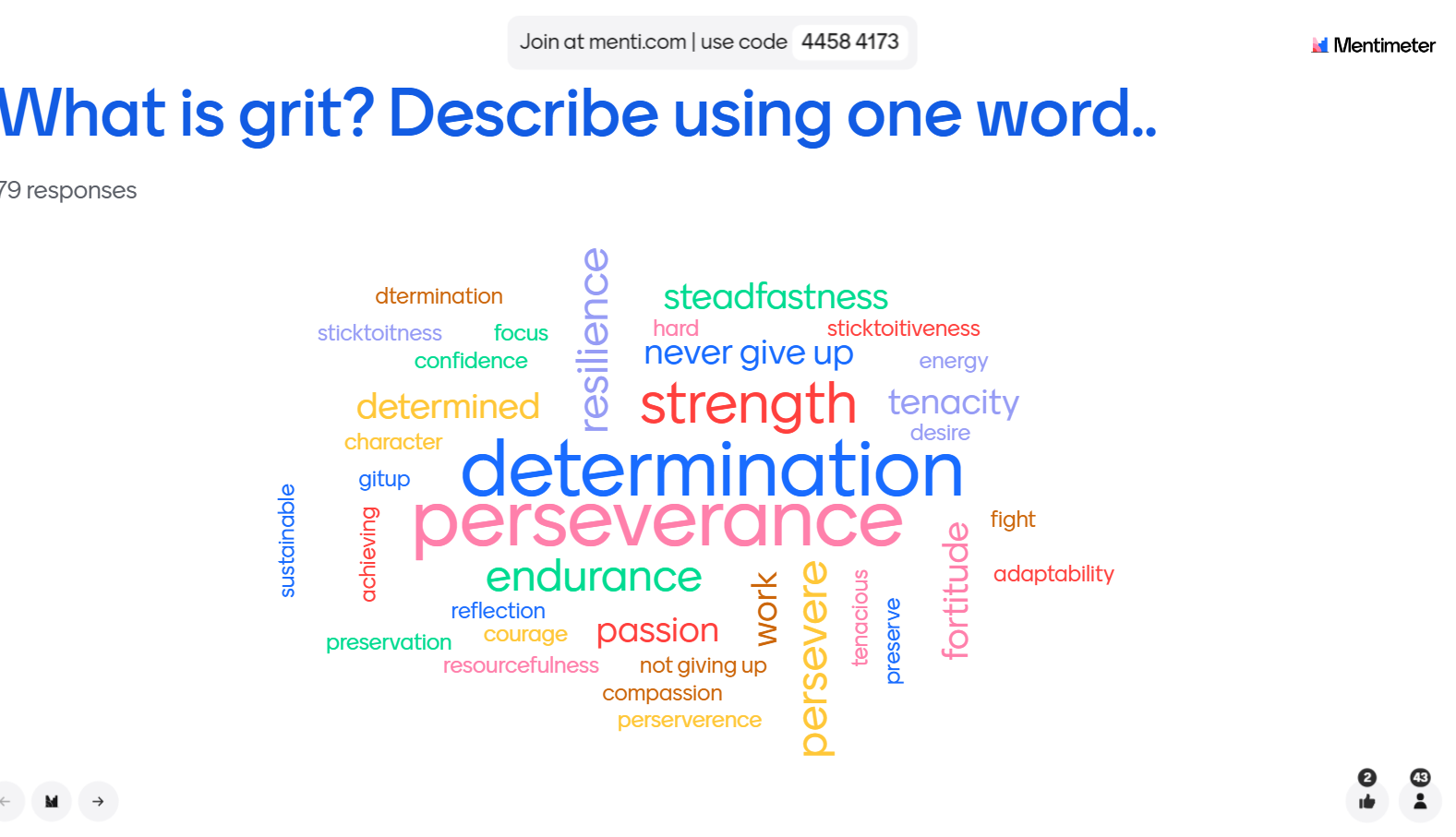Creating a Habit of Noticing
They say it takes at least 21 days to develop a new habit. When I was teaching Special Education, one of my colleagues taught me a technique that helped me focus on specific skill development within myself or my students. I have since adapted that technique to help teachers develop the “habit” of noticing.
First of all, what is noticing? The skill of noticing is foundational to successful implementation of Conscious Discipline. It helps us be present and build relationships as we encourage helpfulness in our students and create a School Family™. Your job description as the Safekeeper promises children that you will keep them safe, and they have a responsibility to help keep it safe. We must notice their helpfulness in order to encourage them be successful at this job. (pg. 176 Building Resilient Classrooms)
There are four steps that will help you successfully notice the helpfulness of children without judgement. Start by using the child’s name or the pronoun “you”. Next, describe in detail what the child did that was helpful. Help the child understand how that behavior helped someone else or the entire class. Finally, end the description with a tag such as “that was helpful” or “that was thoughtful”.
Here is an example of the noticing language: “You scooted over, so Jon would have more space in the circle. That was helpful!”
Just as you would have to be very intentional at learning a new language such as German or Spanish, you have to put some tools in place to help you be successful in learning the language of noticing so you may teach and model that skill for children. You may find it very helpful to write the following on a dry erase board so it is visible throughout the classroom as you learn this new skill.
“You _______________, so _______________. That was helpful!”
Dr. Bailey suggests that in the first six weeks of school you are intentional about noticing children privately and publicly at least 10 times per day. Not 10 times per child, but in general, you notice at least 10 helpful acts per day.
That takes me back to the technique I mentioned from my experience in Special Education. Grab 10 pennies or other small objects and put them in your right pants pocket before the children arrive. Intentionally commit to noticing 10 helpful acts that day. Each time you notice a helpful act, move one penny to your left pocket. Your goal would be to have all 10 pennies in the left pocket by the end of the day! If you don’t make it, this is good information for you and perhaps you could allow yourself to “Oops” and try again tomorrow! If you do then CELEBRATE! You did it! You gave yourself a concrete strategy for successfully modeling the skill of noticing to your School Family™. Before you know it, you’ll have a new habit—Noticing!

